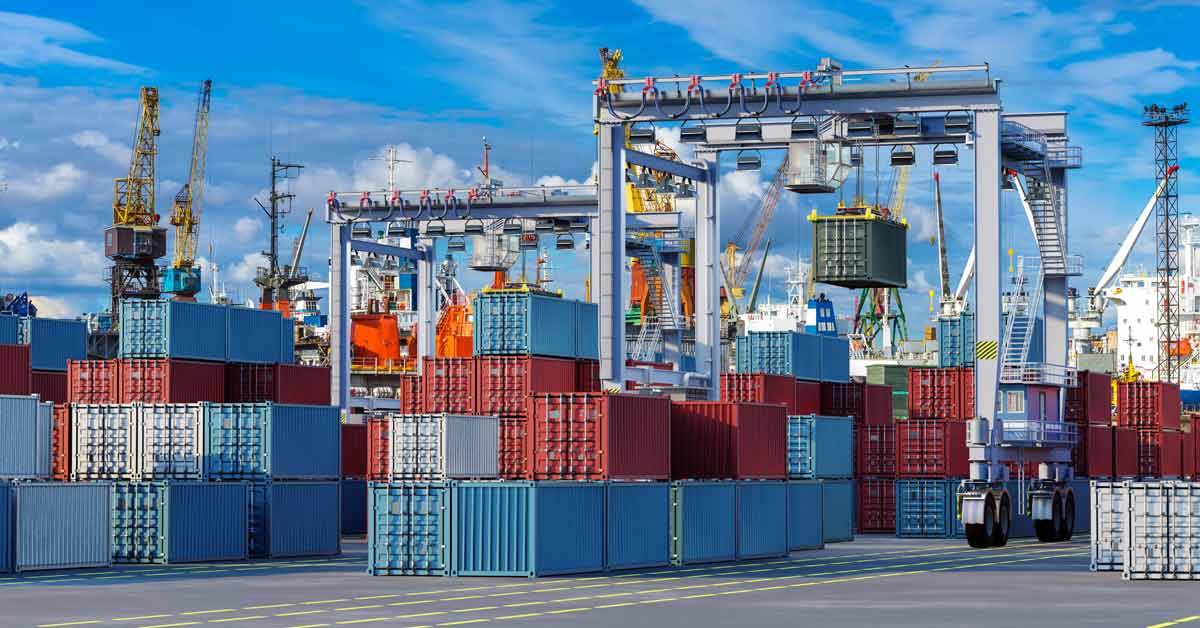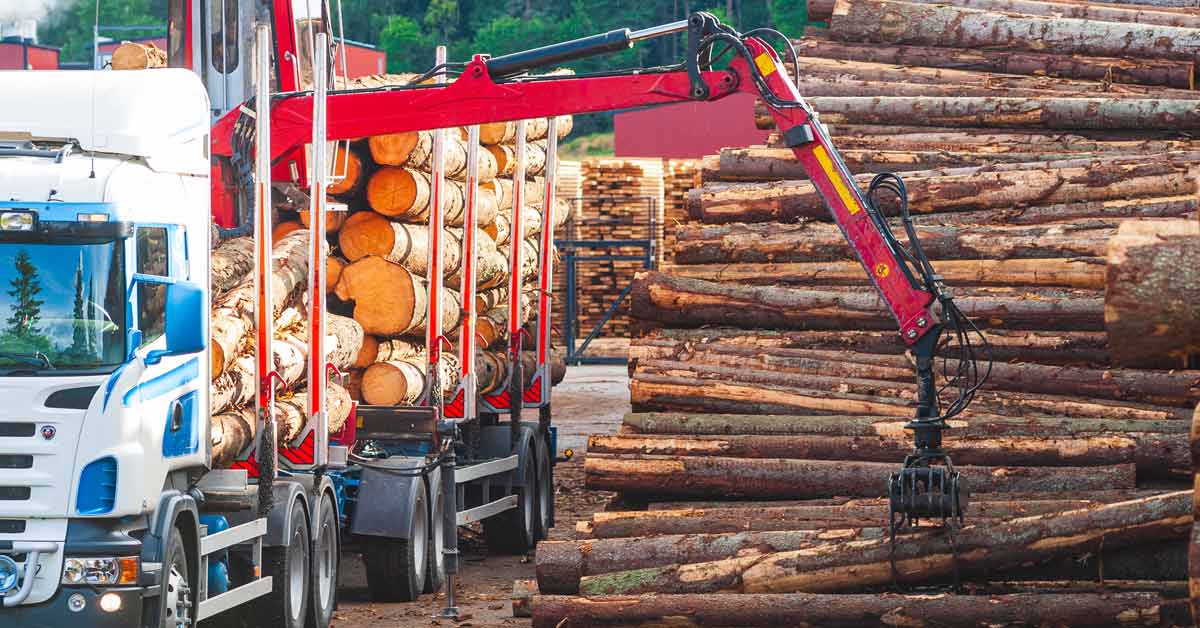3 min read
Does Ammonia Have a Future in Low-Carbon Shipping?
ResourceWise
:
Aug 22, 2025 1:51:32 PM

In the realm of low-carbon shipping, ammonia has remained a consistent part of the conversation. Alongside methanol, it is often seen as one of the leading contenders to help the maritime industry decarbonize.
Many in the industry believe ammonia could ultimately be the cheaper option for low-carbon fuel. However, its path to mainstream adoption is far from straightforward (especially compared to other options).
Ammonia comes with a unique set of challenges. Chief among them its toxicity and lower flammability compared to alternatives. These characteristics mean the fuel is less mature and less commercially ready than methanol, which is already gaining traction.
Despite these disadvantages, there is precedent for overcoming these market obstacles. Liquefied natural gas (LNG), for example, once faced similar barriers when compared to traditional fuel oil. Yet today it stands as the fastest-growing sector in marine fuels.
Ammonia’s Barriers from Pilot to Proof of Concept
Ammonia currently remains in its pilot phase of development. Much of the industry is still working on proving its viability at scale.
The good news is that 2026 is shaping up to be a pivotal year for ammonia. Several new commercial vessels designed to run on ammonia are scheduled to begin operations. Learning from these projects will be invaluable for the wider market.
Currently, there are about 40 ships on the order book for ammonia. The majority of these vessels are dual-fuel LPG/ammonia carriers.
These orders show clear momentum, but they also underscore just how early the market remains. Ammonia’s transition from pilot trials to first-generation adoption is still in progress, and the industry is watching closely.
Bunkering and Infrastructure Challenges
One of the key bottlenecks holding back ammonia today is bunkering. Ports around the world are still conducting trials to determine the safest and most efficient methods for transferring ammonia.
Thus far, 12 bunkering trials have been completed. While certainly promising, that number is relatively small compared to what will be needed for full-scale adoption.
Again, this situation is reminiscent of LNG’s early days when concerns over handling and storage made it seem like a risky option. Today, LNG infrastructure is established globally. If ammonia can replicate that learning curve, the same kind of breakthrough could occur. But it will take time, investment, and standardization before bunkering becomes routine.
Engine Development: Limited Options So Far
Another critical piece of the puzzle is engine technology. Only Wärtsilä has released a commercial ammonia engine, which entered the market two years ago. WinGD is expected to bring out its own model soon, but its release has already slipped behind schedule.
Without multiple engine providers offering reliable options, shipowners face uncertainty about committing to ammonia long term. Broader adoption hinges on expanding the supply of engines that can run on ammonia safely and efficiently.
The Road Ahead: Critical Years for Ammonia
Ammonia is at a crossroads. Until the industry can scale up engine availability, port bunkering operations, and green ammonia production, it will remain largely a concept fuel. The next few years will be decisive.
If methanol continues to mature at a faster pace, ammonia risks losing momentum and investor confidence. To stay competitive, ammonia must push past its early-phase hurdles and move toward first-generation scale-up.
There is no denying the potential: ammonia could offer a viable, scalable, and ultimately cost-effective low-carbon fuel for shipping. But realizing that promise depends on what happens between now and the late 2020s.
For now, the maritime world is watching closely. The technology, infrastructure, and regulatory frameworks built in the next three to five years will determine whether ammonia becomes a cornerstone of shipping’s decarbonization journey or another unrealized renewable solution.
Don’t Miss On-Demand Webinar: Finding Feedstocks – Biofuels Outlook Q4 2025
As we gear up for 2026, understanding the shifting sands of the biofuels market is more critical than ever. Join Matthew Stone, VP of Low Carbon Fuels at ResourceWise, for an on-demand webinar that cuts through the complexity to deliver clarity and insights.
In this session, Stone explores:
-
Global market dynamics influencing biofuel and feedstock availability
-
Policy updates and emerging incentives shaping the ecosystem for 2026
-
How rising decarbonization targets are creating new demand opportunities
-
The ripple effects of trade flow disruptions on feedstock sourcing
-
Plus, Prima CarbonZero’s upstream market outlook for navigating these trends
This is your chance to get ahead of tightening supply, rising demand, and regulatory shifts. Watch the on-demand webinar today and equip yourself with the insights you need to make informed strategic decisions.





